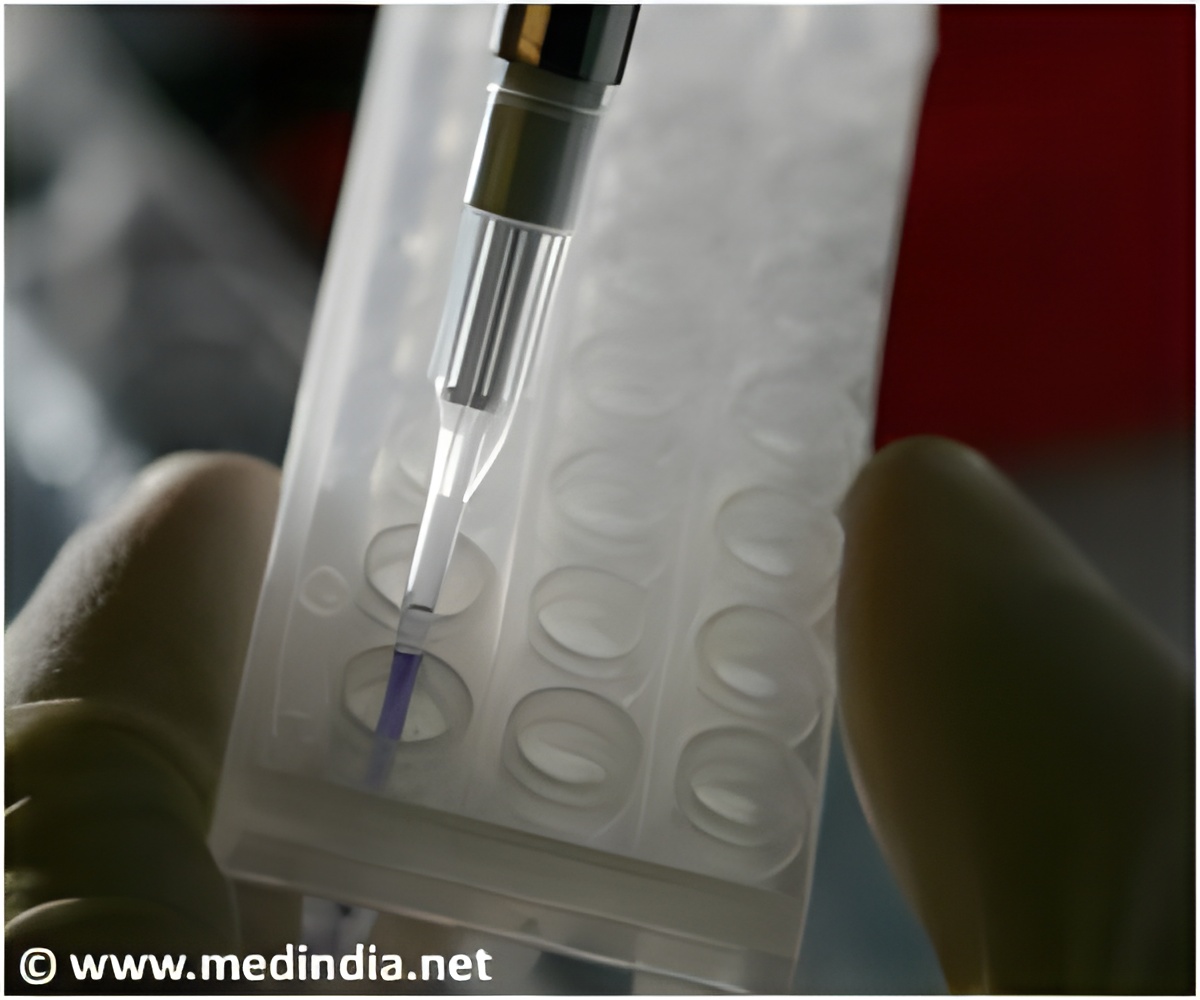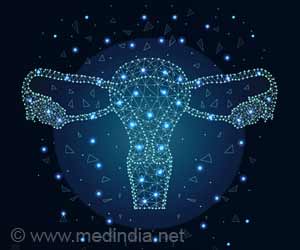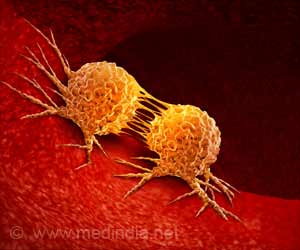A team of cancer researchers at Cold Spring Harbor Laboratory (CSHL) has discovered cells with stem-cell properties in the ovary that can mutate to form tumors.

"Sources of cells that make ovarian tumors are not really known," says Grigori Enikolopov, Ph.D., one of the co-authors and team leader at CSHL. Dr. Alexander Nikitin is the corresponding author and team leader at Cornel University. "We demonstrated that a stem cell population sits in a portion of the ovary called the hilum, and can repair the ruptures of the ovarian tissue during ovulation, and that these cells are easily transformed into tumor cells," Enikolopov explains.
The idea that cells with stem cell properties can spontaneously mutate to become seeds of cancer has been gaining momentum. Some epithelial cancers such as cancers of the ovary and the intestine are known to originate in the transition regions between different types of epithelial cells, but the exact source of such cells in the ovary has not been defined. Previous findings have suggested that cells in these transition regions may be more "plastic" and exist in a less mature (i.e., less "differentiated") state, making them potential candidates as a cancer source. Until now, however, the lack of direct experimental evidence has made this hypothesis difficult to confirm.
The new work demonstrates that there is a population of slow-proliferating epithelial cells in the mouse ovary that can self-renew and expresses high levels of aldehyde hedydrogenase 1, or ALDH1, a known stem cell marker. The team found that these cells were localized in the ovary's hilum region, where they normally function to repair the ruptured epithelium after ovulation.
The researchers malignantly transformed hilum epithelial cells by shutting off tumor suppressor genes Trp53 and Rb1 and then transplanted these cells into mice. Seven of eight mice developed metastatic ovarian tumors. Trp53 and Rb1 are known to frequently mutate in human ovarian cancers.
"Some broad implications are that similar epithelial transition/junction areas can be the source of stem-like cells susceptible to malignant transformation in other organs, such as the uterine cervix and the esophagus, and become the seeds of cancer there," Enikolopov says. "Now we know what sort of cells to look for."
Advertisement














